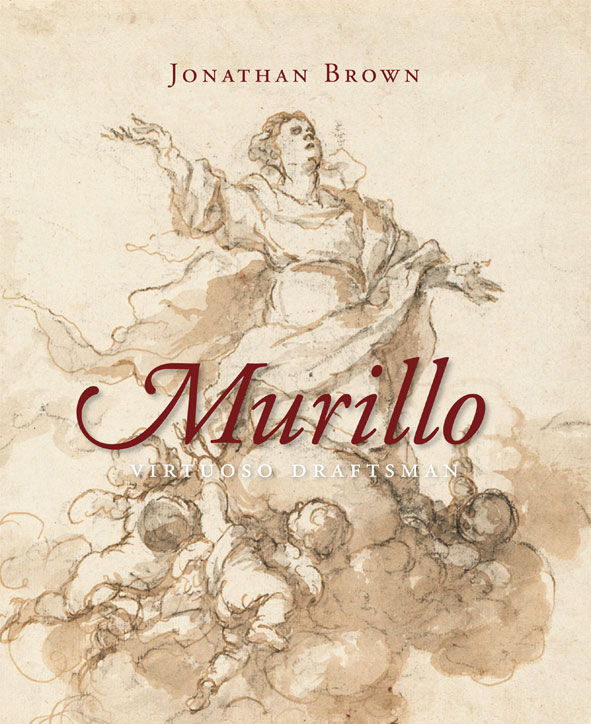Author
Jonathan Brown
Characteristics
316 pages; 200 color illustrations; hardcover with jacket; 22,5 x 27,5 cm
Publication
English; published by Yale University Press in association with the CEEH; 2012
ISBN
978-03-001757-0-7
Price
€48,08
Known primarily as a great painter, Bartolomé Esteban Murillo (1617-1682) was also one of the best draftsmen of the 17th century. Although his devotional paintings seem to have been created effortlessly, they are the result of careful thought and study, a process that comes alive in the preparatory drawings. Murillo used a variety of techniques, favoring pen and ink and brown wash and red and black chalk. Like painters schooled in Italian Renaissance practice, the Spaniard developed his paintings in stages, starting with sketches of the full composition and then focusing on details that posed specific problems.
This book is a thoroughly revised edition of the publication Murillo & His Drawings (1976). Tweenty sheets have been added to the catalogue of authentic works, the bibliography has been brought up to date, and the entries have been revised.
Jonathan Brown (1939–2022) is regarded as a leading specialist on Spanish painting of the Golden Age and on the Spanish master Diego Velázquez. He wrote extensively on Hispanic Art of the early modern period and his books include A Palace for a King: The Buen Retiro and the Court of Philip IV (1980, with J.H. Elliott), Velázquez, Painter and Courtier (1986), Painting in Spain, 1500–1700 (1991), Kings and Connoisseurs: Collecting Art in Early Modern Europe (1995), and Velázquez. The Technique of Genius (1998, with C. Garrido). In 2006 he co-curated with Susan G. Galassi the exhibition Goya’s Last Works (New York). Brown was Carroll and Milton Petrie Professor of Fine Arts at the Institute of Fine Arts, New York University, until his retirement in 2017.

